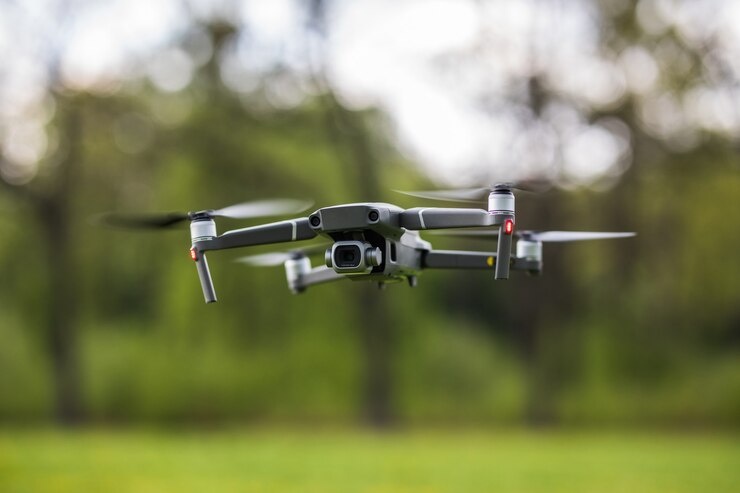Introduction:
In recent years, drone technology has revolutionized the field of videography, offering unparalleled perspectives and cinematic shots. From sweeping aerial views of landscapes to dynamic tracking shots, drones have become indispensable tools for filmmakers, content creators, and hobbyists alike. However, mastering the art of drone video production requires more than just flying a drone; it demands a combination of technical skill, creativity, and meticulous planning. In this comprehensive guide, we will delve into the various aspects of drone video production, covering everything from equipment selection to post-production techniques.
Choosing the Right Equipment:
The foundation of successful drone videography lies in selecting the right equipment. When choosing a drone, consider factors such as flight stability, camera quality, and battery life. Additionally, research local regulations regarding drone usage to ensure compliance with airspace laws. Investing in quality equipment may require a significant upfront cost, but it pays dividends in the quality of your footage.
Understanding Shot Composition:
Effective shot composition is essential for creating visually compelling drone videos. Familiarize yourself with principles such as the rule of thirds, leading lines, and perspective. Experiment with different camera angles and heights to add depth and dimension to your shots. Keep in mind that drone videography offers unique perspectives not achievable with traditional cameras, so embrace creativity and innovation in your compositions.
Mastering Flight Techniques:
Flying a drone may seem straightforward, but mastering flight techniques is crucial for capturing smooth and cinematic footage. Practice basic maneuvers such as hovering, panning, and tilting to maintain stability and precision. Gradually advance to more complex maneuvers such as orbiting and tracking shots, but always prioritize safety and caution while flying.
Utilizing Intelligent Flight Modes:
Many drones come equipped with intelligent flight modes that automate certain tasks and enhance the creative potential of your videos. Experiment with features such as waypoint navigation, follow-me mode, and active track to capture dynamic and engaging footage. However, remember that these features are tools to aid your creativity, not substitutes for thoughtful planning and execution.
Planning Your Shoot:
Successful drone videography requires careful planning and preparation. Before each shoot, scout the location to identify potential obstacles, hazards, and points of interest. Consider factors such as weather conditions, time of day, and lighting to optimize the visual impact of your footage. Create a shot list or storyboard to guide your filming process and ensure a cohesive narrative or aesthetic.
Capturing Cinematic Footage:
With the technical aspects in place, focus on capturing cinematic footage that captivates and engages your audience. Experiment with different shooting modes, frame rates, and resolutions to achieve the desired look and feel for your videos. Pay attention to details such as motion blur, exposure, and color grading to enhance the visual appeal of your footage.
Post-Production Techniques:
Post-production is where the magic happens in drone videography. Use editing software to refine and polish your footage, adding transitions, music, and special effects to enhance the overall cinematic experience. Experiment with different editing styles and techniques to develop your unique visual aesthetic. Pay attention to pacing and rhythm to create a compelling narrative flow that keeps viewers engaged from start to finish.
Sharing Your Work:
Once your masterpiece is complete, it's time to share it with the world. Consider platforms such as social media, video sharing websites, and film festivals to showcase your drone videos to a wider audience. Engage with viewers, seek feedback, and continuously strive to improve your skills and craft as a drone videographer.
Conclusion:
Drone videography offers endless possibilities for capturing breathtaking aerial footage and unlocking new creative horizons. By mastering the technical aspects of drone operation, understanding the principles of shot composition, and embracing creativity in your filmmaking process, you can create compelling videos that leave a lasting impression on your audience.


No comments yet